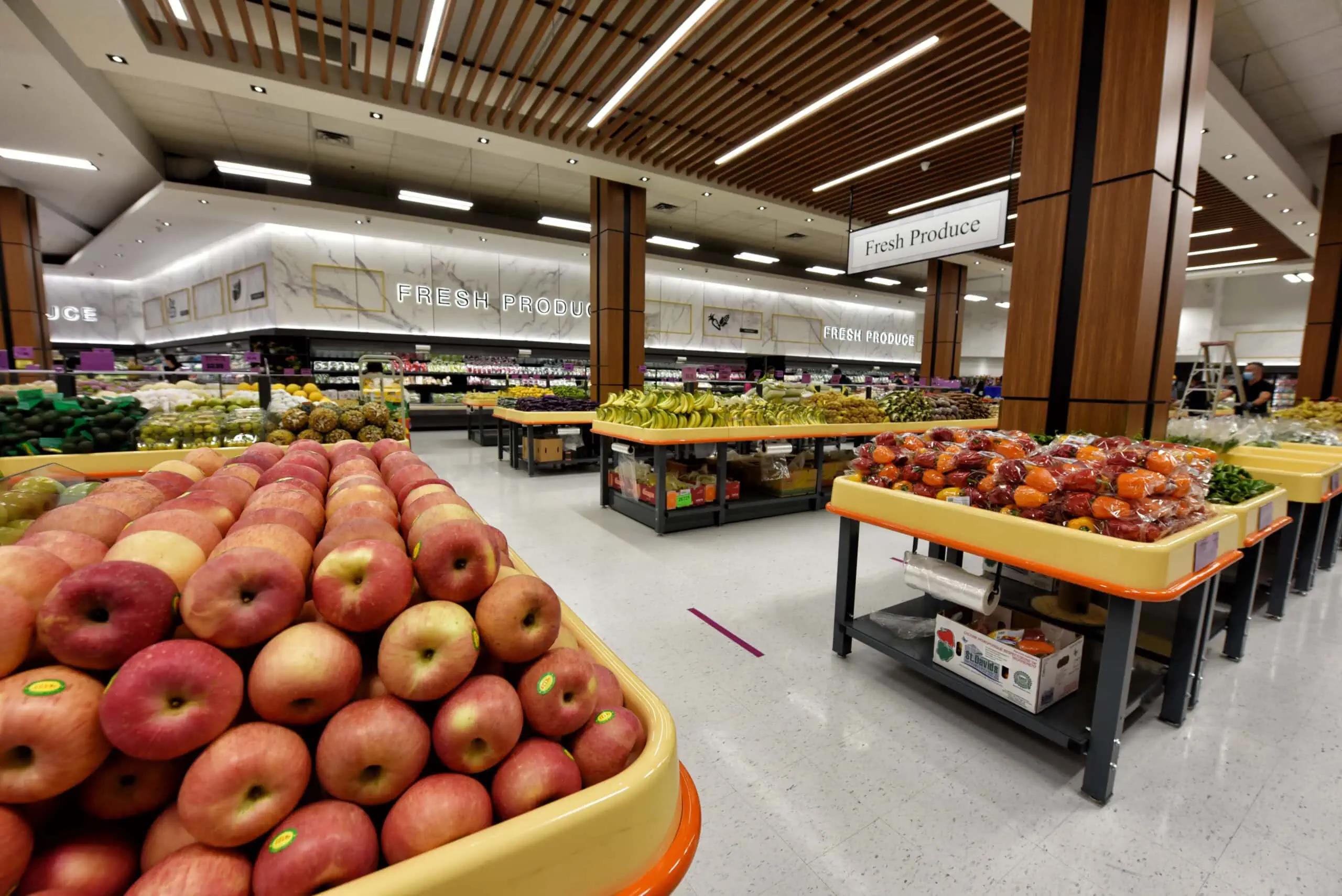Optimizing Grocery Store Produce Displays: Strategies for Enhanced Sales
In the competitive world of retail grocery, how you present your produce can significantly influence consumer purchasing behaviour. A well-organized and appealing produce section not only attracts customers but also encourages them to buy more. This guide offers effective strategies for optimizing your grocery store produce displays, aiming to enhance your sales and customer satisfaction.
The Role of Produce Display Tables
Central to any produce department are its grocery store produce display tables, which serve as a stage for enticing customers to their fruits and vegetables. These tables aren’t just functional; they’re a key element in the visual merchandising of fresh goods. Their look and design, which influences the way items are arranged on these tables, can make a substantial difference in how customers perceive the quality and freshness of your produce. So effective produce displays start with the right tables. Opt for ones that are durable, fashionable, and easy to keep hygienic.
Strategic Layout and Organization
The layout of your produce displays should be both intuitive and inviting. Grouping items by type can help customers find what they need more quickly. However, grouping them by seasonal use can also create higher turnover when needed. For example, placing tomatoes near avocados and onions with signage suggesting the ingredients for salsa can potentially increase the sales of all three items. Also, using tiered displays can make produce more visible and accessible to shoppers, drawing their attention to a wider range of products.
Lighting and Temperature Control
Lighting plays a crucial role in enhancing the natural colours of fruits and vegetables, making them appear more vibrant and appealing. Proper lighting can also highlight the freshness and quality of the produce, encouraging purchases. Meanwhile, maintaining the right temperature in the produce section is essential for preserving the items on display. If possible, group your displays by optimal temperatures, like keeping apples and oranges closer to refrigerated displays and bananas away from them.
Regular Rotation and Stocking
Regularly rotating stock ensures that the freshest items are always at the front, promoting an image of high-quality goods. It’s also necessary to reduce waste by ensuring older stock is sold before it perishes. Restocking displays throughout the day to keep the produce section looking abundant and fresh is a priority for all sellers.
Engaging Signage and Labeling
Stand-out signage and labelling play a critical role in informing and attracting customers. Price labels should be clear and easy to read to avoid frustrated customers and cash register disputes. Informational signs can tell the story of the origins of the produce, any organic certification, and suggestions for use. Creative and engaging signage can also highlight promotions, seasonal items, or recipe ideas, adding potential upsells and value to the customer’s shopping experience.
Customer Feedback and Analytics
Listening to customer feedback and analyzing sales data can provide valuable insights into which display strategies are most effective. This data-driven approach allows you to continually refine your produce presentations, catering more closely to the needs and preferences of your clientele.
In Closing
Optimizing grocery store produce displays requires a thoughtful blend of visual appeal, strategic organization, and customer engagement. By implementing these strategies of produce presentation, you can potentially boost sales and foster a positive shopping environment, ultimately contributing to customer loyalty and long-term success for your grocery store.





One Comment
Comments are closed.